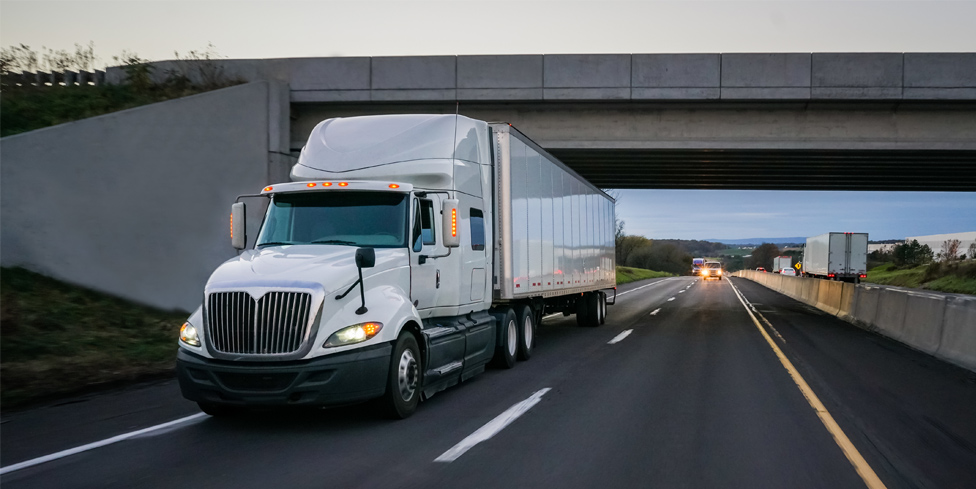The pandemic has challenged businesses like never before. Many businesses have closed, others have seen revenues dwindle and the rest have been forced to adapt as they respond to the crisis on multiple fronts: protecting workers and, at the same time, protecting the viability of operations that have been slammed by a major supply-chain shock.
COVID-19 has exposed weaknesses and gaps in many operations, slowing productivity and closing off opportunities for growth and success. These weaknesses and gaps are perhaps most noticeable in contemporary supply chains, calling for a re imagining of the ways they are managed and how businesses take advantage of critical insights that can be gleaned from the data generated.
The virus’ spread and resulting government-imposed lockdowns around the world have caused significant volatility in the demand for certain items and interrupted the physical flow of materials and products. This combination alone has resulted in a tremendous amount of uncertainty for businesses relying on the performance of their supply chains to continue achieving revenue and reach objectives within their markets. What’s even worse is the fact that most businesses don’t have a substantial enough view into their supply chains, or the ability to share that view with others, in order to alleviate these added pain-points and pressures brought on by COVID-19.
It’s no surprise that, across industries, supply-chain resiliency is now at the top of the C-Suite agenda, according to a recent McKinsey & Company report. Company executives want to better understand their supply chains and increase supply chain transparency and resilience.
In order to address the current crisis and minimize the potential impacts of future shocks, companies need to take action now to clear up supply chain blind-spots and focus on re imagining, not just fixing, supply chain issues.
Removing blind-spots and optimizing supply chains in 2021
The ways businesses can optimize their supply chains is multi-faceted, anchored to the tenets of digitization and the centralization of data that can be shared across departments, according to a McKinsey & Company report. The results, the report suggests, are tremendous, helping to create transparency within the supply chain, empower teams at every level of the business, and significantly improve forecasting for better results.
By leveraging retail execution tools like Storecheck’s Field, Hub and Autopilot solutions, businesses can digitize their supply chain and automate data processes within operations, providing senior leadership with support and equipping teams with the necessary insights and business intelligence to aid their successes.
In addition, these technologies allow businesses to centralize all of their data in one business intelligence platform, enabling the generation of detailed analytics, as well as real-time market research that can help inform better decisions, resulting in what matters most: maximized product availability.
Impacts of the disruptive virus, as serious and detrimental as they have been up to this point, will not last forever. When vaccines become widely available, we will eventually discover our ‘new’ normal. But if this virus has taught us anything it’s that businesses need to be better prepared for shocks. Robust analytics platforms can help companies anticipate issues, develop alternate plans and minimize impacts.
When the pandemic hit, Nike’s ability to reroute components*, flex production dynamically and effectively leverage advanced data management and analytics led to a smaller drop in sales than some of its competitors. The company preemptively marked down goods, re-routed products from brick-and-mortar stores to e-commerce and reduced production to minimize impact.
In this age of increasing digitization, the time to leverage technology, and to start taking advantage of the ways in which it can be used to improve business, is now. Businesses can start managing their data more effectively with the right data harmonization tools and platform to accelerate and optimize supply chains, create a more sustainable operation and, ultimately, position their business for growth and success in a post-COVID world.
*http://panmore.com/nike-inc-operations-management-10-decisions-areas-productivity










